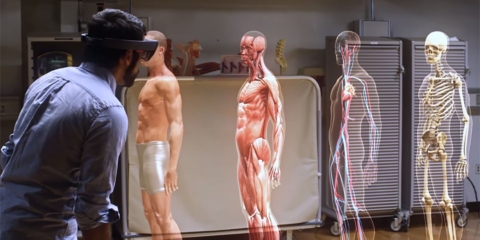Would you like to get notifications from Christian?
What happened? 3D printing has come a long way in the past few years, and now researchers are taking it to a whole new level. A team at the University of Virginia has developed a new approach to 3D printing that uses soil implanted with seeds. This building technique could open doors to a completely new kind of building, with finely tuned ecosystems of plants and bacteria forming the insulation, the structure, and even the exteriors of homes!
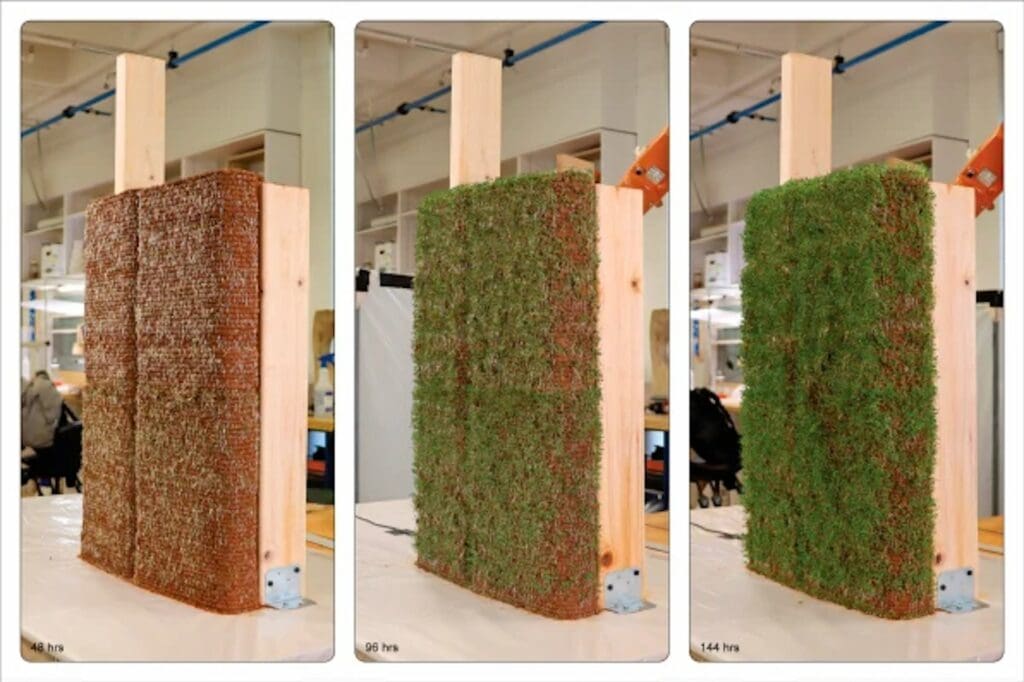
Photo- courtesy Ehsan Baharlou
Why is this important for human beings and our planet? 3D printing has the potential to revolutionize the construction industry and make homes more sustainable. This new technique could help us reduce reliance on concrete, a major source of greenhouse gas emissions. Plus, these living homes would be truly unique–imagine waking up to the sound of birds singing in your own personal forest! Alining our construction industry with nature might be the best direction forward.
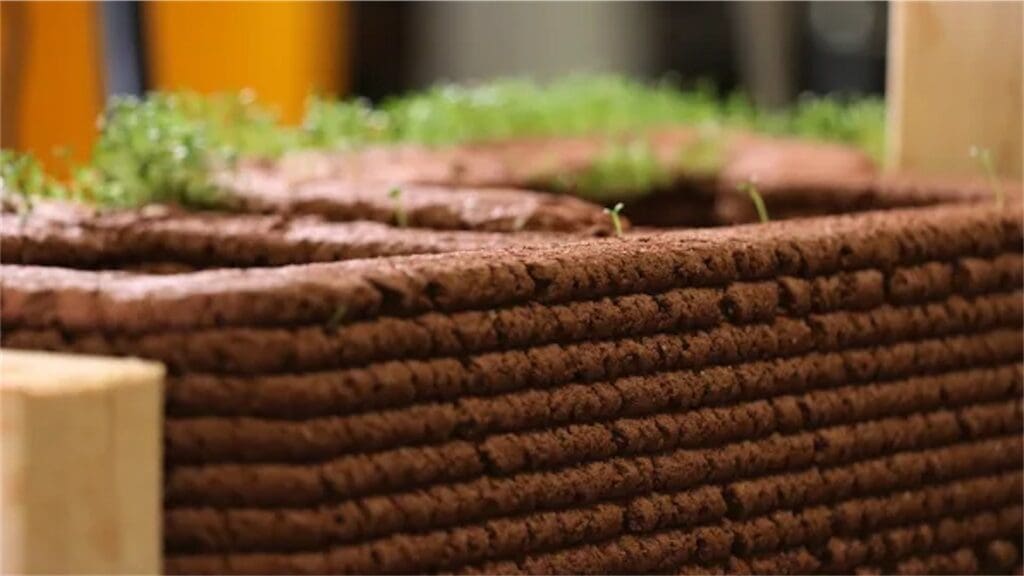
Photo- courtesy Ehsan Baharlou
The team is still working on perfecting the technique and making it more efficient. 3D printing is notoriously slow, so they are working on ways to speed up the process. They are also working on making the 3D printer itself cheaper and more accessible. Once these hurdles are cleared, we can see bioconstructed homes popping up worldwide!
So what do you think? Would you live in a 3D printed living home? Let us know in the comments below!
Author: Christian Kromme
First Appeared On: Disruptive Inspiration Daily
Christian is a futurist and trendwatcher who speaks about the impact of exponential technologies like AI on organizations, people, and talents. Christian tailors his presentations to your audience's specific industries and needs.



Our world is changing at an exponential rate! A big tidal wave of digital transformation and disruption is coming at us fast. Many organizations see this wave as a threat and experience stress, but there are also organizations that just see this wave as an opportunity.

Imagine sitting with just 10-15 fellow executives at a premier location, gaining clarity on the impact of AI on your industry while enjoying an exquisite dining experience. These are not just meetings—they are transformative moments that will shape the future of your organization

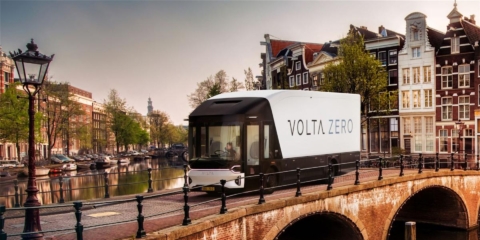
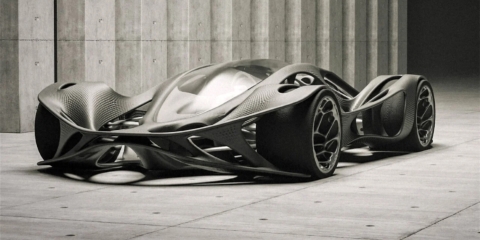
In the future, 3D printing and generative design will allow for products to be designed in a more decentralized manner, and production will take place closer to the customer and fully on-demand. 3D printing technology will also allow for more customization and personalization of products.
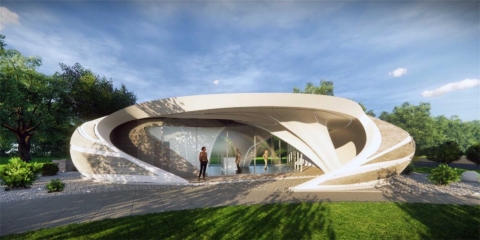

The agricultural industry is ripe for disruption. Robotics, AI, and IoT are all technologies that have the potential to radically transform the way we grow food. In combination with vertical farming, these technologies could increase the efficiency and quality of agricultural products.
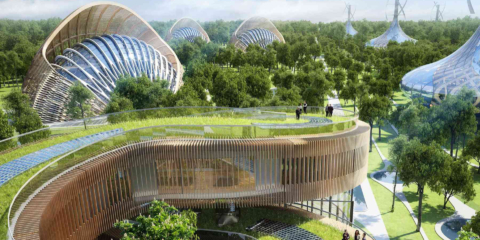
A human-centered society is one that puts people first and where technology is used to unite and empower people. It is a society that values biological life and dignity above all else. It is a society that recognizes the importance of human relationships and works to strengthen them. In a human-centered society, all members of the community are valued and treated with respect.
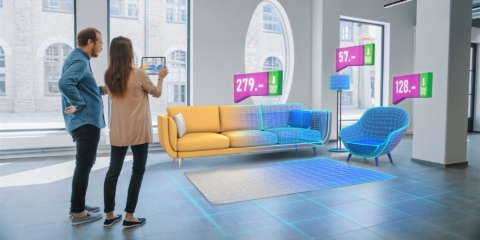
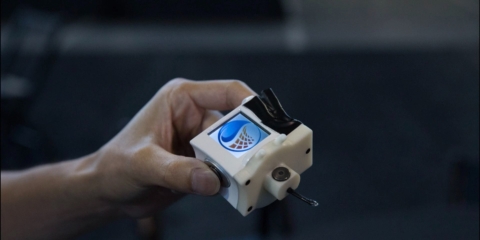
The future of healthcare is here. New technologies like AI, IoT, big data, and smart sensors make it possible to become the CEO of your own health. Imagine that your phone can listen to your voice and AI algorithms can detect small nuances in the tone of your voice that indicate specific diseases.
